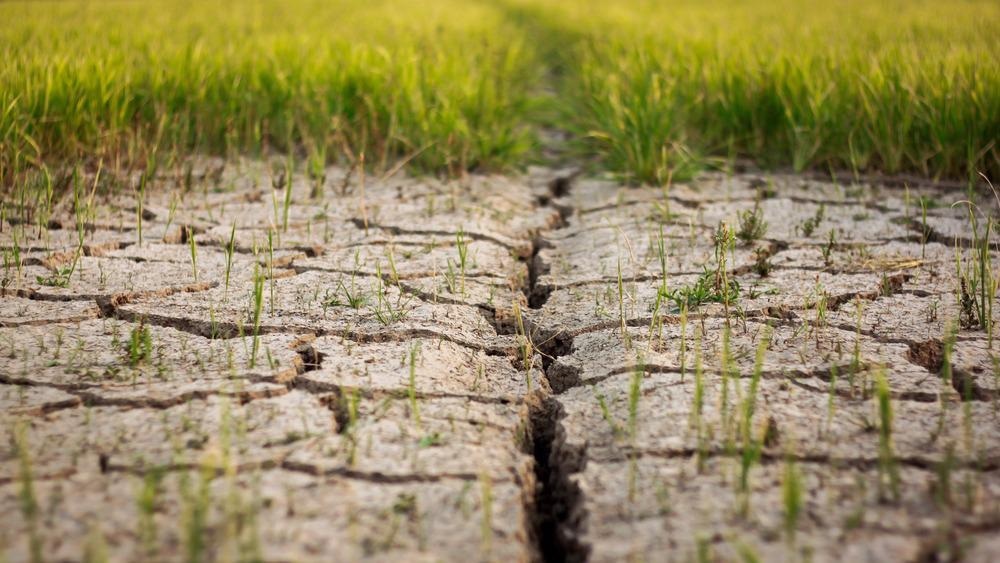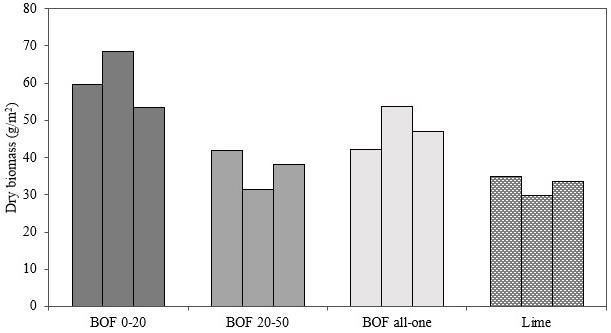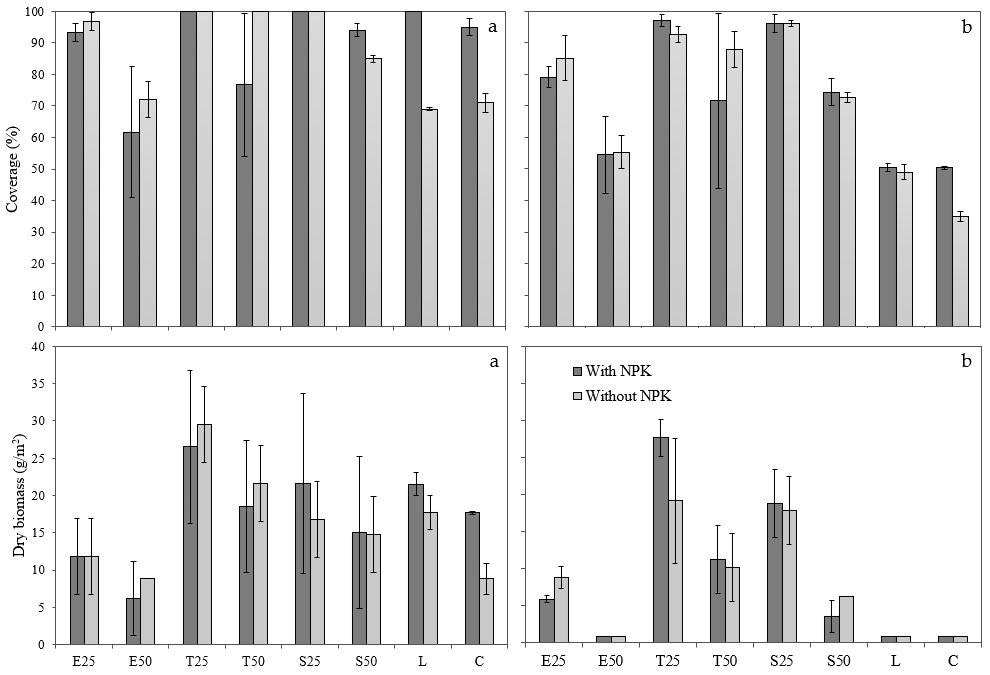Industrial activity causes land degradation such as acidification. This is a global issue that is a key concern amongst environmental scientists and governmental bodies. Now, a new study published in the journal Land has explored sustainable remediation strategies using basic oxygen furnace slag to correct the problem of degraded land.

Study: Application of Steel Slag for Degraded Land Remediation. Image Credit: Oh_Apisit39/Shutterstock.com
Land Degradation
Soil is an abundant natural resource that helps support all forms of life on earth, from microbes to humans, plants, wild animals, and livestock. An increasing world population and rapidly expanding industrial activity have caused huge, seemingly irreparable damage to this vital resource. The financial burden of changes in land cover/use and the use of land degrading practices is huge – globally, the annual cost exceeds $300 billion.

Experimental design program. Image Credit: Díaz-Piloneta, M et al., Land
Land degradation is classified in different ways: physical (erosion,) biological (deforestation and rangeland degradation,) and chemical (fertility depletion, acidification, salinization.) Contamination by metallic and inorganic elements can also cause land degradation.
A major cause of land degradation is acidification. This can have effects on factors such as increased phytoavailability of heavy metals, soil quality, human and animal health, and food safety. Around 30% of the total global ice-free land surface is affected by acidification, with this figure predicted to rise if the issue is not adequately addressed.
Whilst soil acidification can occur naturally, human activity is rapidly increasing it due to agricultural practices, long-term fertilization, afforestation, urbanization, industrialization, and climate change. The over-use of chemical fertilizers, one of the commonest causes of soil acidification, leads to over-fertilization, significantly altering the chemical composition of soils. Moreover, chemical fertilizer manufacture is an energy-intensive process, leading to increased carbon emissions.
Reversing the Trend
Reversing the increasing trend in land degradation such as soil acidification is a pressing issue for environmental scientists and governments worldwide. Several strategies have been proposed for this purpose, and the use of soil amendments has emerged as a key component of remediation processes.
Amongst the various soil amendments which have been investigated in recent decades, liming has been widely used to correct soil acidity. Commonly used liming agents are ground limestone, quicklime, and dolomitic limestone. However, the application of lime can be limited by availability and cost, and the extraction of resources can cause further environmental problems, such as environmental destruction and increased carbon emissions.

Dry biomass of all samples (g m‐2). Image Credit: Díaz-Piloneta, M et al., Land
Therefore, due to the problems with conventional soil amendments and the need for more sustainable soil amendments, research has focused on the use of industrial by-products and waste streams. The valorization of industrial waste streams also fits with the aims of the circular economy concept, which is becoming widely implemented. Whilst this strategy may prove to be advantageous, use of these materials and their environmental impact needs to be studied more thoroughly before widespread implementation to avoid further damage.
The Study
Basic oxygen furnace slag is a widely available waste resource produced by the global steel industry. The new study published in the journal Land has investigated its use as a soil amendment for use in degraded land.
Globally, 1,600 million tons of steel slag are produced annually. Approximately 70% of the global steel industry depends on blast furnaces, and currently, between 200 and 250 kg of slag is produced per tonne of steel. The environmental impacts and accumulation of this waste product have prompted research into more environmentally friendly industrial processes. Slag composition and characteristics vary from site to site and over time at the same sites.
Despite percentage changes, the components of slag do not vary significantly. The main component of slag is calcium oxide, with components such as iron, magnesium, silica, and phosphorous also present. Therefore, slag contains important nutrients that can be utilized for fertilizer.
Moreover, slags possess high limiting values, which can help buffer the pH of soils, and facilitate their use as soil amendments, liming agents, and for substituting natural liming products. Use of these materials can limit the environmental damage caused by lime extraction.
However, the use of slag for remediating land degradation has not been properly explored in studies. Traditionally, the main use of the material has been in construction as an aggregate, but stabilization is needed due to the free lime content, as this can cause structural problems from behaviors such as swelling.
The authors have proposed the use of both treated and untreated furnace slag for land applications. This would solve the two major issues of soil degradation and the accumulation of basic oxygen furnace slag (most of this valuable resource is sent to landfills.) A series of experiments were used in the study to investigate two uses of slag for remediation of degraded land: as a liming material and an amendment nutrient source.

Coverage rate (%) and dry biomass (g m‐2): (a) first cut after 5 weeks; (b) second cut after 10 weeks. Image Credit: Díaz-Piloneta, M et al., Land
Moreover, the applications do not require stabilization of the slag as no structural use is proposed. This has advantages over other uses in terms of environmental and economic factors. The authors have highlighted that using this abundant industrial resource is a sustainable management practice as it removes waste streams from the environment, meeting the needs of a circular economy.
Finally, future prospects identified in the study include long-term studies to analyze the heavy metal content of slag and on a scale which reflects real terms to ensure that long-term, industrial scale use of basic oxygen furnace slag for degraded land remediation would not cause environmental harm.
Further Reading
Díaz-Piloneta, M et al. (2022) Application of Steel Slag for Degraded Land Remediation [online] Land 11(2) 224 | mdpi.com. Available at: https://www.mdpi.com/2073-445X/11/2/224
Disclaimer: The views expressed here are those of the author expressed in their private capacity and do not necessarily represent the views of AZoM.com Limited T/A AZoNetwork the owner and operator of this website. This disclaimer forms part of the Terms and conditions of use of this website.